JHY PCB Blog Hub
Your Source for Expert PCB Design, Manufacturing, and Assembly Insights – Stay Informed with 2025 Trends!
How to Select the Right Quick Turn PCB Boards for Your Project Needs
In today's fast-paced electronics industry, the demand for Quick Turn PCB Boards has surged dramatically, reflecting the increasing need for rapid prototyping and expedited production processes. According to recent market analysis by IPC, the global PCB market is projected to reach $75 billion by 2025, with quick turn services playing a crucial role in this growth, driven by advancements in technology and the rising complexity of designs. Selecting the right Quick Turn PCB Boards is essential for ensuring that projects are completed on time and within budget while meeting the high standards of performance and reliability that the industry demands. This guide will explore key considerations, including material selection, manufacturing capabilities, and lead times, enabling engineers and project managers to make informed decisions that align with their specific project needs.
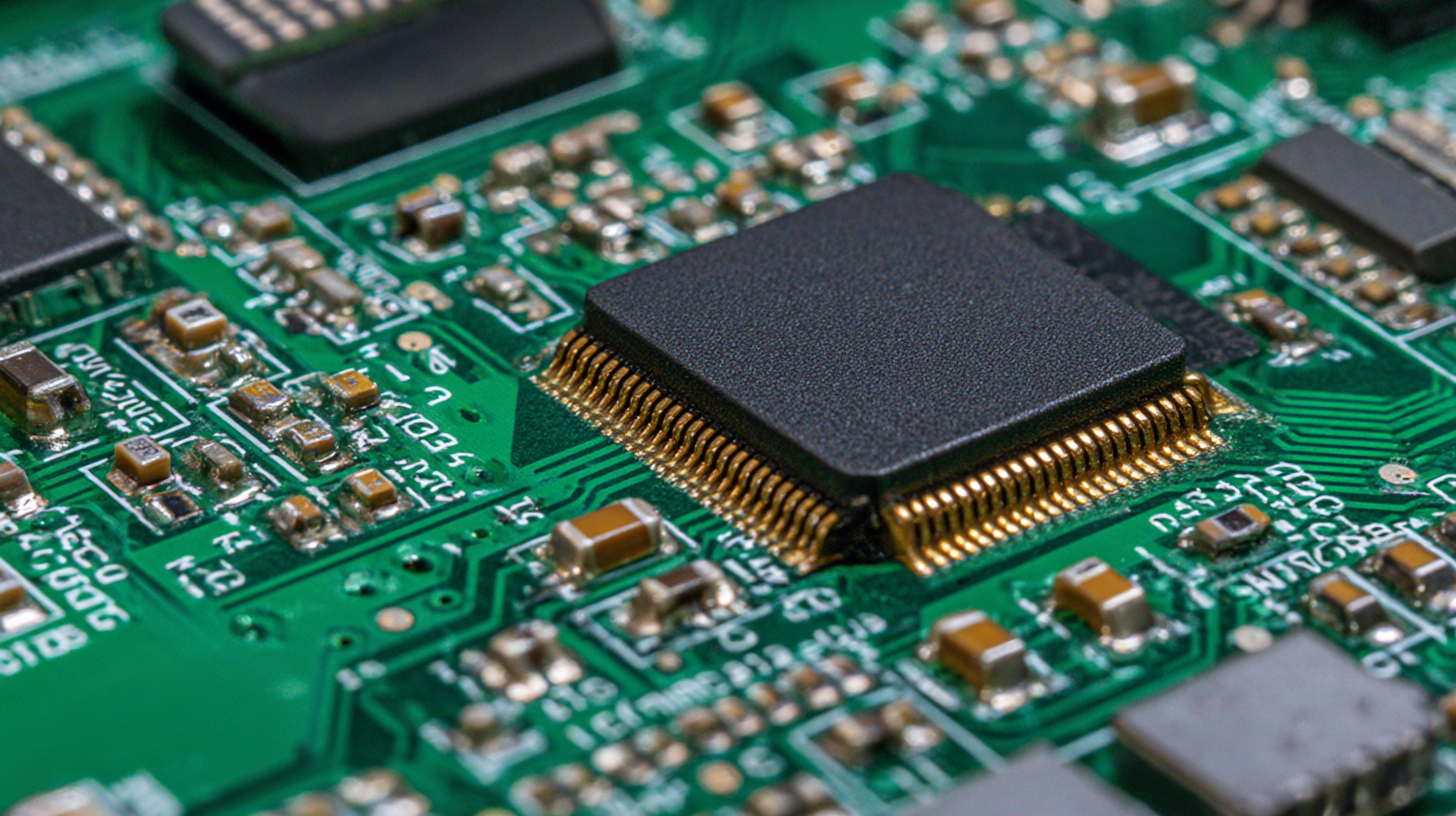
Identify Your Project Requirements for Quick Turn PCB Boards
When selecting quick turn PCB boards for your project, it's crucial to first identify your specific project requirements. Start by assessing the complexity of your circuit design, which will influence the type of PCB needed. For instance, consider the number of layers required, the size constraints of your components, and any specific electrical characteristics like impedance control or high-frequency capabilities. Thoroughly understanding these aspects will help you communicate effectively with PCB manufacturers and ensure they meet your expectations.
Next, consider the timeline and production volume. Quick turn PCBs are ideal for prototyping and low-volume production, so determine how many boards you will need and when they must be completed. Balancing these factors can help you effectively choose a provider that specializes in quick turn services, ensuring that your boards are produced with precision and delivered on time. Additionally, researching potential partnerships with PCB fabricators that offer robust support and manufacturing capabilities can enhance the overall efficiency of your project.
Evaluate Different Types of Quick Turn PCB Technologies Available
When selecting quick turn PCB boards for your project, it's crucial to evaluate the various technologies available to meet your specific needs. Different types of PCB technologies boast distinct advantages that can significantly impact the performance and reliability of the finished product. For instance, recent evaluations of electromagnetic compatibility (EMC) emissions on 1- and 2-layer boards have revealed critical insights into ground techniques and component selection, particularly concerning power converters. Understanding how these elements influence PCB design can help engineers make informed choices tailored to their applications.
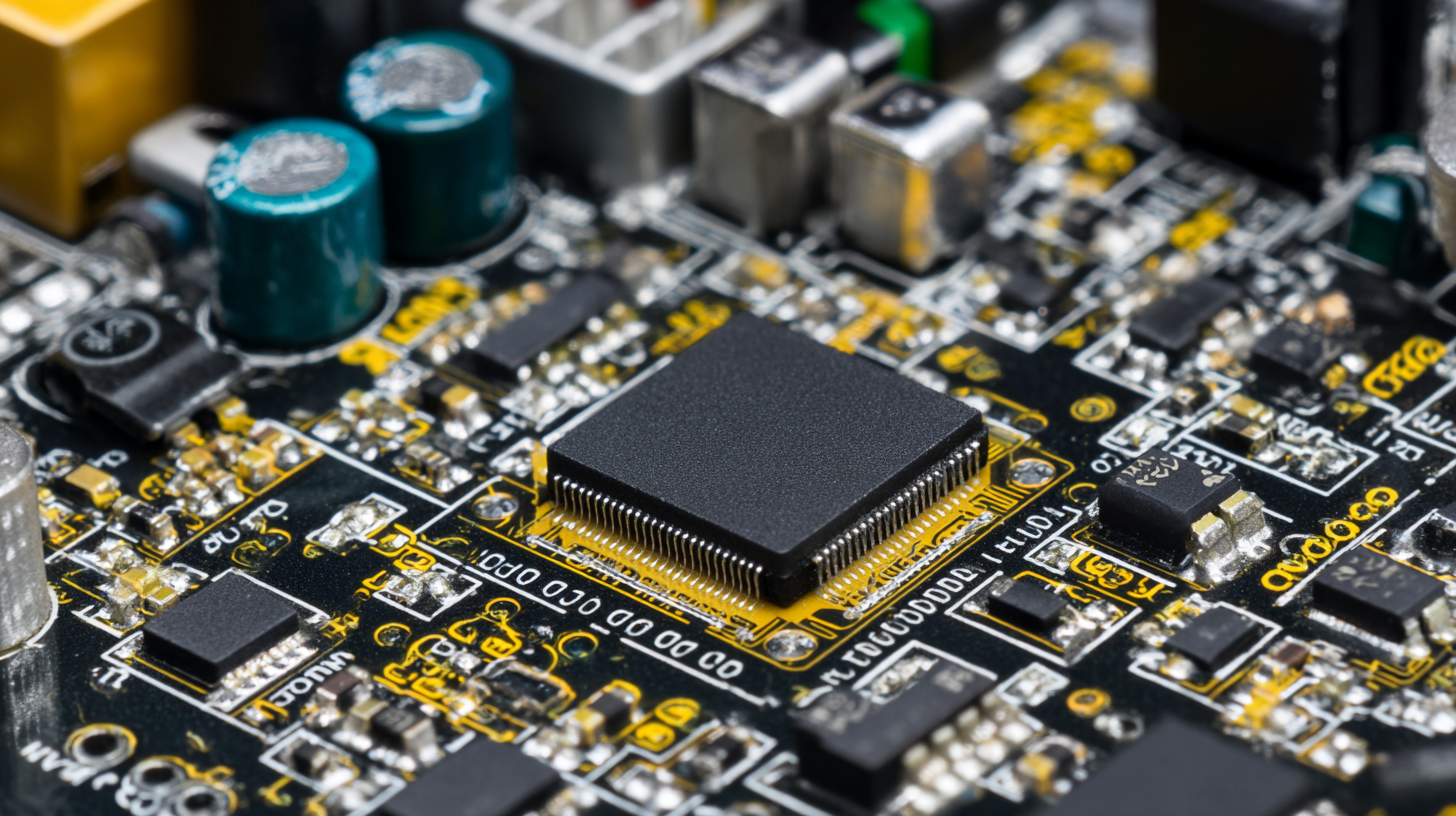
Another emerging technology worth considering is lab-on-PCB, which has shown promise in innovative fields such as developing microthrusters for nanosatellites. By integrating micro-electromechanical systems directly onto the PCB, designers can create compact and efficient solutions that optimize space and performance. Each technology, whether it involves traditional PCB methods or cutting-edge designs, offers unique benefits that can align with various project requirements. Therefore, careful evaluation of these options is essential to ensure the chosen PCB technology fits the technical demands and objectives of your project effectively.
Assessing Manufacturer Capabilities and Quality Certifications
When selecting quick turn PCB boards for your project, it's crucial to assess the capabilities of potential manufacturers and their quality certifications. Start by reviewing their production capabilities, including the technology they use, their turnaround times, and whether they can accommodate your specific design requirements. A manufacturer with advanced machinery and skilled technicians can ensure precision and quicker delivery, which is vital for rapid prototyping and time-sensitive projects.
Additionally, quality certifications play a pivotal role in determining the reliability of a manufacturer. Look for certifications such as ISO 9001, which indicates a commitment to quality management systems, or IPC standards, which ensure adherence to industry best practices. A manufacturer with these certifications demonstrates their dedication to maintaining high-quality production processes. By thoroughly evaluating both the capabilities and certifications of PCB suppliers, you can make an informed decision that aligns with your project's needs and enhances the overall success of your design.
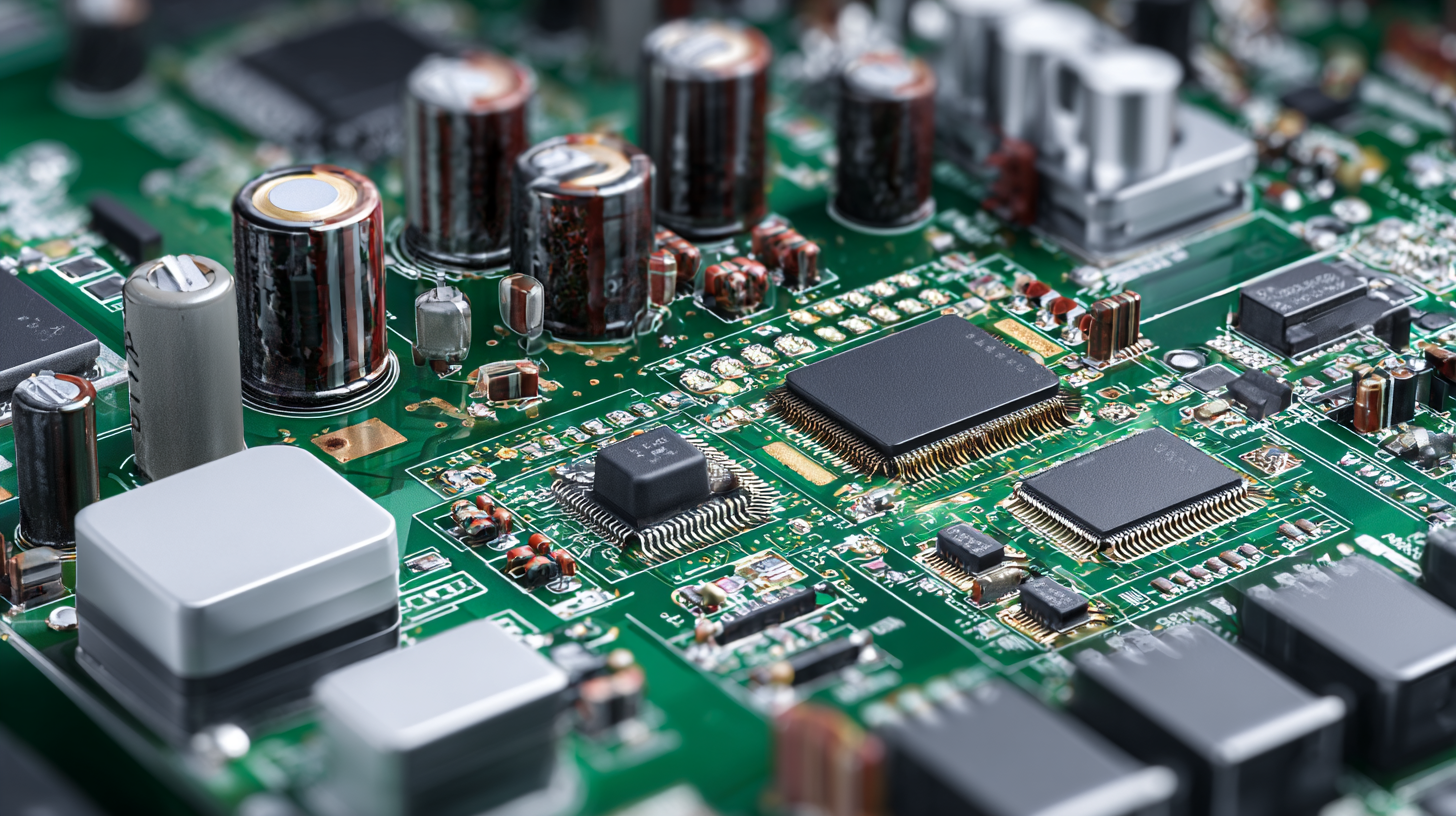
Understanding Cost Factors and Pricing Models for Quick Turn PCBs
When selecting quick turn PCB boards, understanding the cost factors associated with your project is crucial. The pricing of quick turn PCBs can vary significantly based on several parameters, including material selection, complexity of design, and the volume of production. Higher-quality materials, such as high-frequency laminates or specialized substrates, will generally increase costs, while basic FR4 boards tend to be more affordable. Additionally, the complexity of the PCB layout can impact pricing; intricate designs requiring more layers or tighter tolerances will often come at a premium.
**Tips:** When estimating costs, consider requesting quotes from multiple suppliers to compare pricing structures. It's also beneficial to clearly define your project requirements upfront, as this can help avoid unexpected costs associated with revisions or changes later in the process. Lastly, be mindful of lead times; faster turnaround times might come with additional fees, so balancing urgency with budget is essential.
Furthermore, volume plays a significant role in determining the overall cost. Many manufacturers offer tiered pricing models where the cost per unit decreases with larger orders. Therefore, if your project can accommodate higher quantities, it may be worthwhile to produce a larger batch to capitalize on these savings. Understanding these pricing models can help you make a cost-effective decision tailored to your project's unique needs.
How to Select the Right Quick Turn PCB Boards for Your Project Needs - Understanding Cost Factors and Pricing Models for Quick Turn PCBs
| Parameter | Standard Value | Cost Impact ($) | Lead Time (Days) |
|---|---|---|---|
| Layers | 2 | 100 | 5 |
| Material Type | FR-4 | 50 | 5 |
| Finish Type | HASL | 30 | 5 |
| Hole Size | 0.2 mm | 20 | 5 |
| Quantity | 100 | 200 | 5 |
| Turnaround Time | Quick Turn | 150 | 3 |
Reviewing Timelines and Communication for Efficient PCB Production
When selecting the right quick turn PCB boards for your project, understanding the intricacies of timelines and communication is paramount. Efficient PCB production hinges on well-established timelines that align with your project's milestones. Delays in communication can lead to significant setbacks, affecting acceptance testing and final delivery. A clear plan that outlines deadlines for design prototypes, testing phases, and production schedules is essential. Having frequent check-ins can ensure that all parties are on the same page and can swiftly address any challenges that may arise during the manufacturing process.
Moreover, the way you communicate your project needs impacts the efficiency of the entire PCB production cycle. It's crucial to convey specific requirements early in the process, including material choices and design specifications. This early clarity can foster a collaborative relationship with the manufacturer, streamlining the adjustment process for any changes that may occur later. As the landscape of manufacturing evolves, leveraging advanced technologies, such as AI, can further enhance communication and decision-making, ensuring that the production of quick turn PCB boards meets both quality and timing expectations.
Related Posts
-
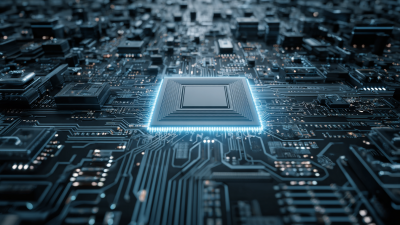
Innovative Approaches for Optimal Pcb Board Fabrication Success
-
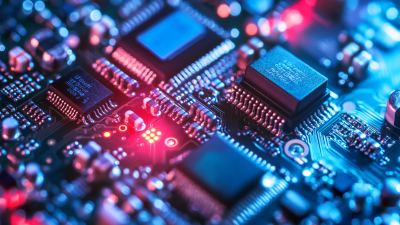
7 Essential Tips for Sourcing the Best Quick Turn PCB Boards Globally
-
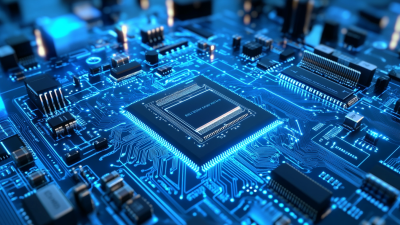
Global Procurement of Top-Tier PCB Prototype Boards: China's Manufacturing Excellence Unleashed
-
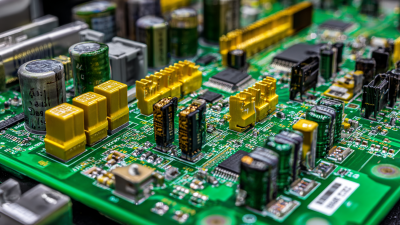
Maximizing After Sales Support and Minimizing Repair Costs with Best PCB Prototype Board Solutions
-
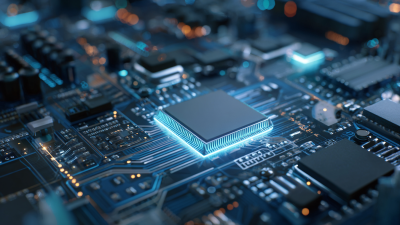
The Future of High-Quality PCB Boards: Innovations that Shape Electronics Manufacturing
-

Top Strategies for Optimizing Your Printing Circuit Boards Production Process










